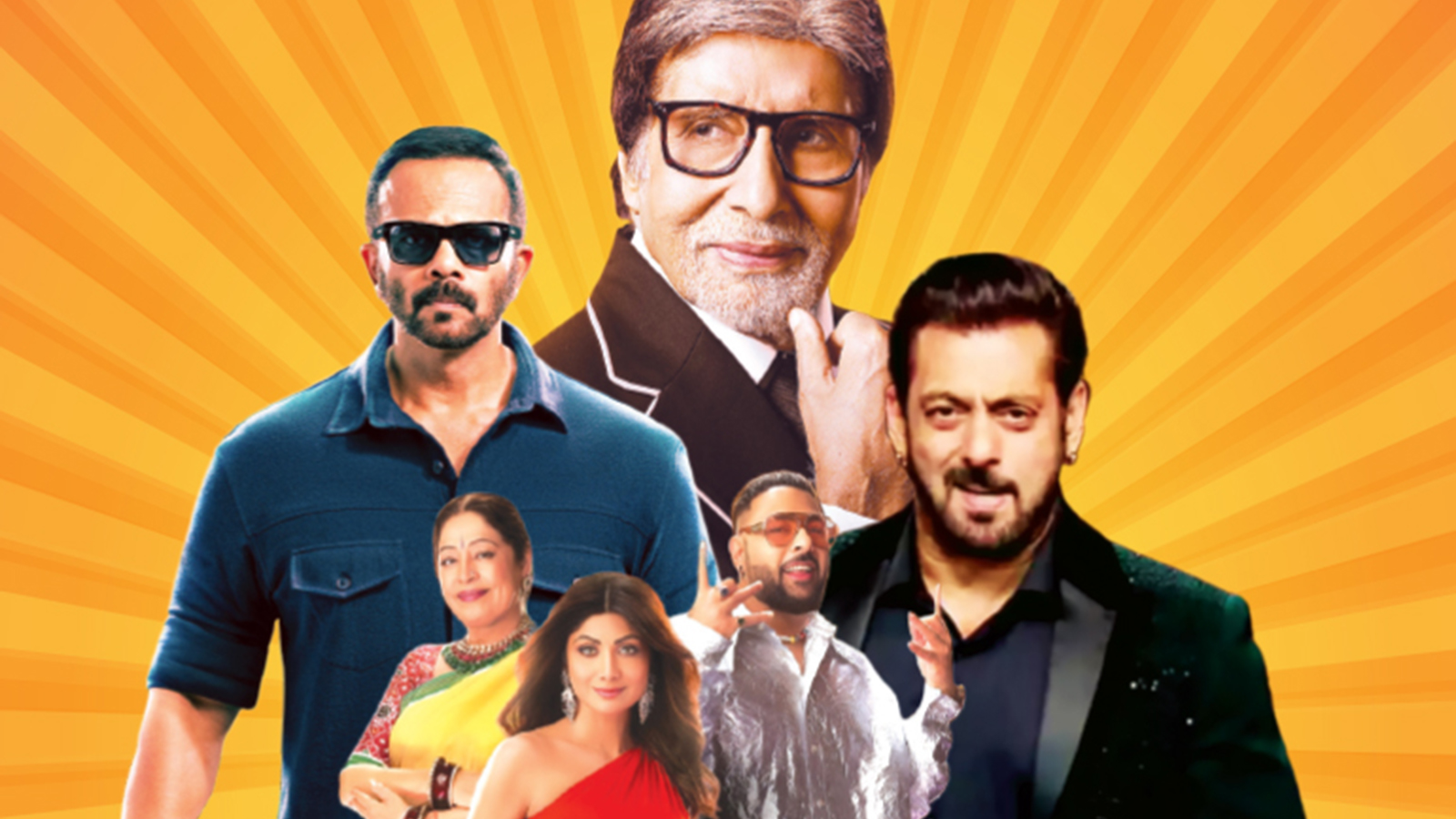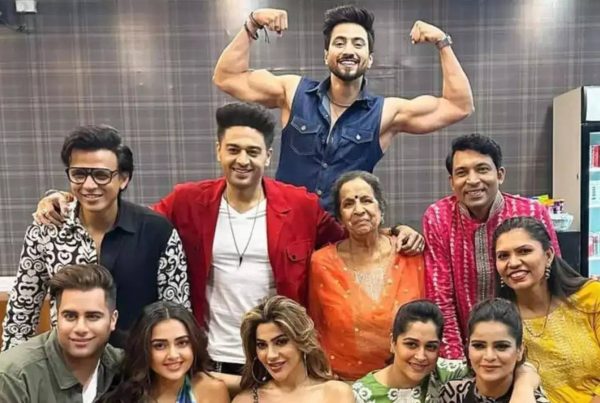India’s first brush with reality shows was in the form of a quiz show in 1992, the ‘Bournvita Quiz Contest’ hosted by Derek O’Brien. It would soon become part and parcel of growing up in the 90s. Little did we know then, that in the years to come, the business of being “real” would go through many transformations, and enjoy a central position in pop culture. It is amazing how reality TV shows still hold the power to allure the masses. We have seen mediums evolve; even the proverbial ‘idiot’ box is now getting smart. However, the love for reality shows has remained constant over the years. We have also witnessed the regional adaptation of these popular shows during this transitional period; with the evolving media and consumer preferences, reality shows such as ‘Bigg Boss’ now have OTT versions. Amid all these growing trends and new changes, another phenomenon remains consistent— big bucks from advertisers.
While it is quite normal to assume that growth of regional might be reducing the viewership of the Hindi Speaking Market (HSM), it is not necessarily true. Rishi Negi, Group COO, Endemol Shine India and Banijay Asia, the group behind shows like ‘Bigg Boss,’ ‘Khatron Ke Khiladi’, and ‘MasterChef’, says that India is a hub of different languages, cultures and even content.
“Luckily, we have different languages, cultures, and viewing habits. While the regional markets are growing, they don’t cater to the Hindi market per se. Like my Tamil ‘Bigg Boss’ viewer is a Tamil ‘Bigg Boss’ viewer; he’s not a Hindi viewer. The only two markets where we see an overlap are the Marathi market and the Bengali market,” he adds.




